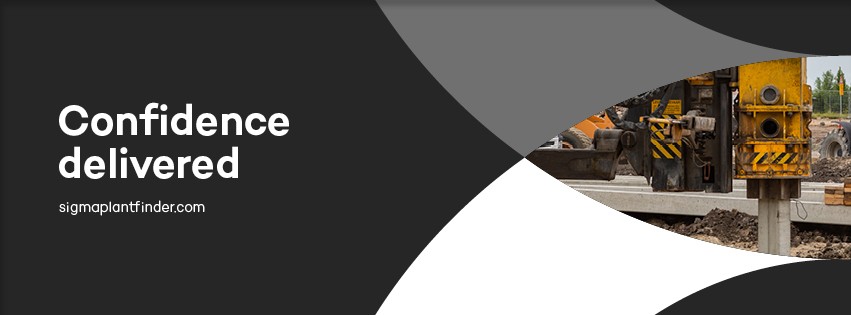
If you are planning to erect a tall structure then you are definitely going to require a crane to lift heavy loads. However, stationary cranes are impractical due to their size and the time needed to secure them into place.
What you really need is to hire or buy is a mobile crane but there is a multitude of these, each one designed for a specific task. Here are just 7 most frequent types of mobile cranes that are used in the construction industry.
Cranes that can be mounted onto trucks
We are speaking about mobile cranes but this does not necessarily mean that the crane itself ought to be mobile. In fact, there are cranes with an extendable boom that are mounted onto regular vehicles, mostly trucks. They are ideal because they use the truck’s bed as a container for everything they pick up, so transport is made that much easier. However, there is an additional cost of equipping the truck with outriggers for stability reasons.
A Crawler Crane
It goes without saying that a truck moves using wheels and is precisely why it is unstable. A crawler crane, on the other side, uses tracks, not wheels, to move around. This makes it more stable and able to lift heavier loads, up to 250 metric tons. Due to its construction, it can move across all terrains, including soft soil that is often found on big construction sites.
Railroad Cranes
If there is any construction work that needs to be carried out on the railroad r near it, cranes that run on tracks are ideal for such jobs. They can use the railroad tracks to move fast to the location they are needed at and the tracks also guarantee increased stability. Because of the long extendable arm, they can be used for construction work adjacent to the railroad where space is tight.
A Cherry Picker
The type of mobile crane that is used predominantly for residential objects is a cherry picker. It earned its name from its humble beginnings in the orchard but has moved up to the construction business. Joking set aside, a cherry picker under 11 meters is mounted onto a pickup so it can get into tight spaces. Homeowners usually rent them from companies for small scale repairs and building projects. Cherry pickers longer than 11 meters require a truck to be mounted on and they are used for building structures several stories high.
Telescopic Cranes
You might mistake a telescopic crane for a crawler but they have a different function. The tractor-like driving engine for this crane conceals the real length of the extendable boom. They are basically oversized forklifts as they are used to hoist pallets or bricks high into the air. The outriggers add to the stability of a telescopic crane which base can rotate full 360 degrees.
Rough Terrain cranes
If you are building a structure in nature far away from paved roads, then you are definitely going to need a rough terrain crane. They resemble telescopic cranes but the main difference is in the construction of the machine and the tires. Namely, rough terrain cranes have bigger and more resilient tires designed for off-road use.
An All-Terrain Crane
Although they are quite large, all-terrain cranes are surprisingly easy to maneuver. Professionals like to use them because they are suited both for urban construction project and residential objects in the countryside. A large number of tires mean that they are super stable and if we add to that that they come equipped with outriggers, then it is no wonder that they are so popular.
As you have seen from the 7 types of mobile cranes listed here, construction workers have a wide choice when it comes to using the right crane. Each of the cranes listed from the cherry picker to the somewhat exotic railroad crane has a specific purpose according to which you hire the crane you need for your construction works in specific.
All information was taken from https://constructionreviewonline.com/
http://www.sigmaplantfinder.com/used/piling-and-drilling/crawler-cranes/
